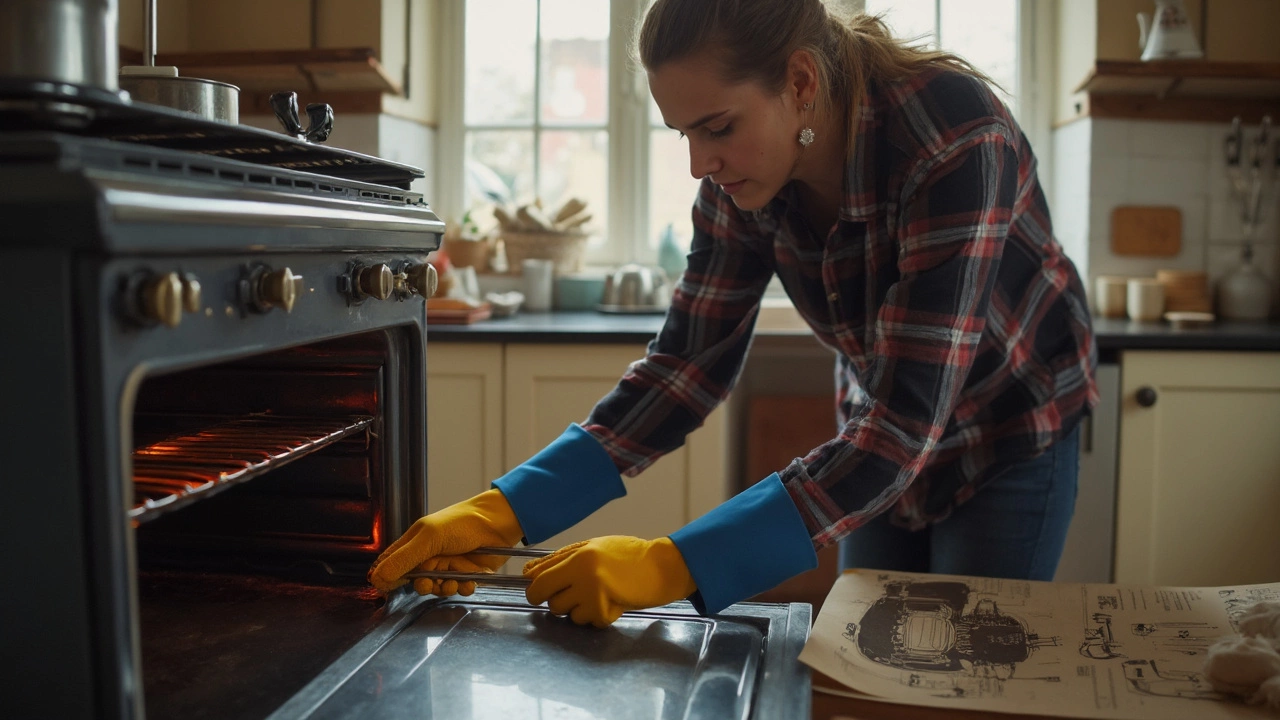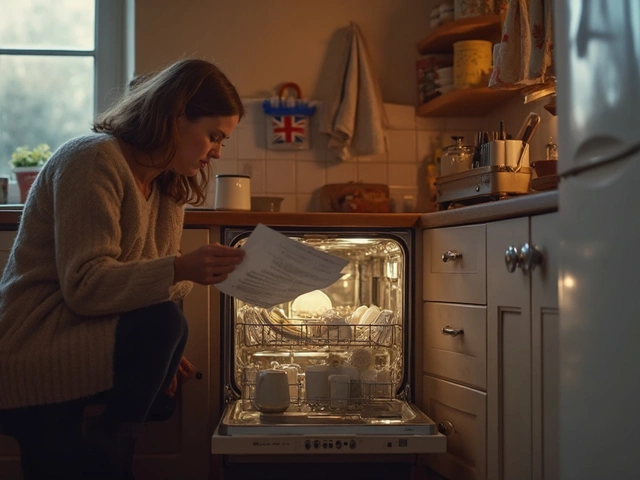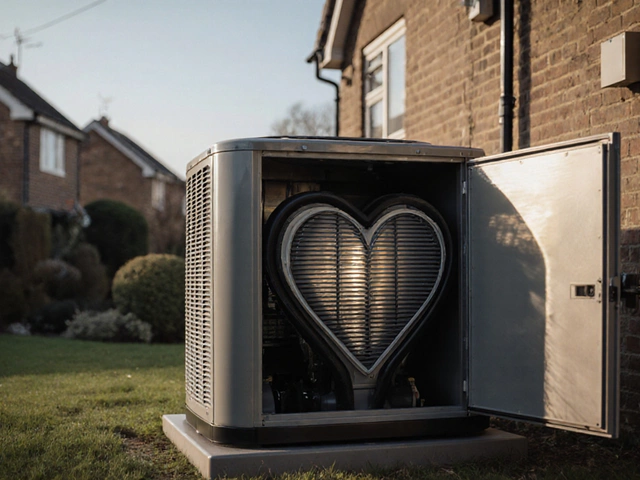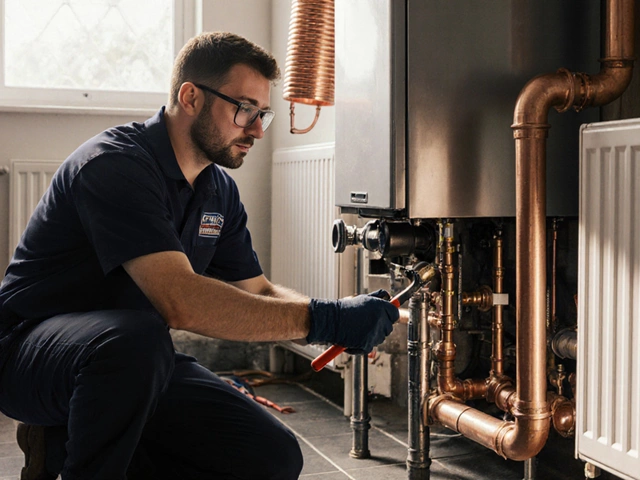Dishwasher Problem Diagnosis: How to Figure Out What's Wrong
April 18 2025Repair Oven – Easy Fixes, Common Issues & When to Call a Pro
If your oven stops heating, makes weird noises, or just won’t work, you’re probably wondering whether you can fix it yourself. The good news is many oven problems are simple enough for a DIY approach. The bad news is some faults involve gas or electricity, and safety comes first. Below you’ll find the most common issues, quick troubleshooting steps, and clear signs that it’s time to call a qualified engineer.
Common Oven Problems
Most oven complaints fall into three categories: temperature issues, heating element failures, and control panel glitches.
1. Oven won’t heat. Check the power supply first – a tripped breaker or a loose plug can be the culprit. If the oven is electric, look at the heating element; a broken coil will show visible cracks or a dull spot. For gas ovens, the igniter may be faulty. A quick visual inspection often tells you if the element is burnt out.
2. Oven runs too hot or too cool. This usually points to a bad thermostat or temperature sensor. If food constantly overcooks, the sensor might be sending the wrong signal to the control board. Many ovens let you test the sensor with a multimeter; a reading outside the 1000‑Ω range at room temperature means replacement.
3. Strange noises or sparks. Buzzing sounds can mean a loose fan motor or a failing relay. Sparks are a red flag – stop using the oven immediately and call a professional. Electrical faults can cause fire hazards if left unchecked.
DIY Tips and Safety
Before you start any repair, turn off the oven at the mains. For electric models, unplug the unit; for gas ovens, shut off the gas valve. Never work on a live appliance.
Here are three quick fixes you can try without calling a pro:
Replace the heating element. Most manufacturers sell exact replacements. Unscrew the old coil, disconnect the wires, and attach the new one. Make sure the element sits flush against the oven wall.
Clean the oven fan. A dusty fan can cause uneven heating. Remove the fan cover, wipe away grime with a damp cloth, and spin the blades by hand to ensure they move freely.
Reset the control board. Some ovens have a reset button inside the door frame; press it for 10 seconds. If the display is frozen, unplug the oven for a few minutes to clear any error codes.
If any step feels unsure, or if you encounter gas components, stop and call a certified gas engineer. Trying to fix gas igniters or valves without proper training can be dangerous.
Our tag page collects articles that dive deeper into each of these topics. Whether you need a step‑by‑step guide for a faulty heating element, advice on choosing a reliable repair service, or cost comparisons for repair versus replacement, you’ll find a post that matches your needs. Browse the list below, pick the article that sounds like your problem, and get back to cooking faster.
Remember, a well‑maintained oven lasts longer and runs more efficiently. Regular cleaning, checking seals, and scheduling an annual service can prevent many breakdowns. When in doubt, trust a qualified professional – it saves time, money, and keeps your home safe.
 26 Jun
26 Jun
Oven Repair DIY: Can You Fix Your Oven at Home?
Get the facts and how-to tips on oven repair: from easy fixes like replacing elements to knowing when to call a pro. Real-life troubleshooting and safety advice.
Read More...



